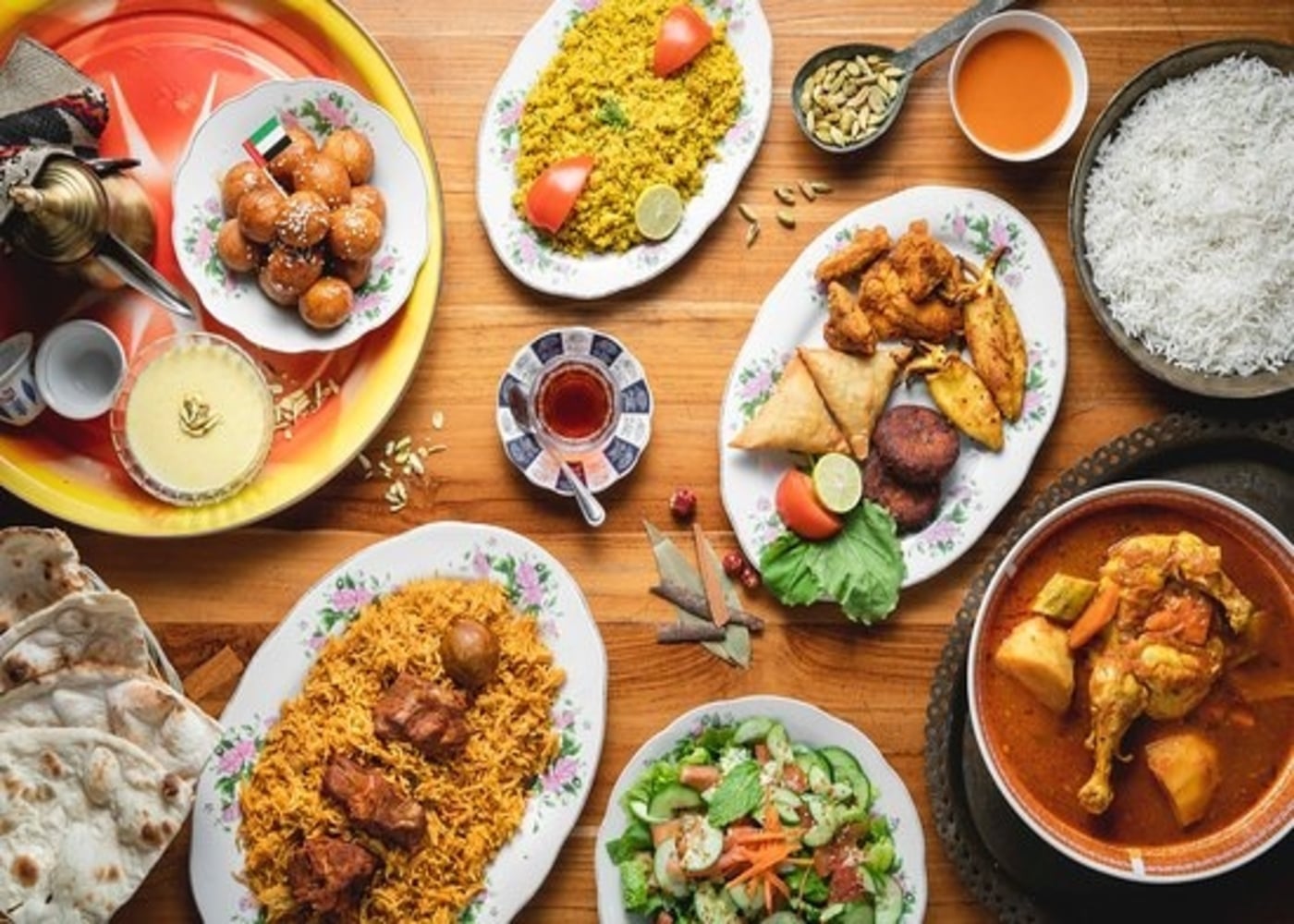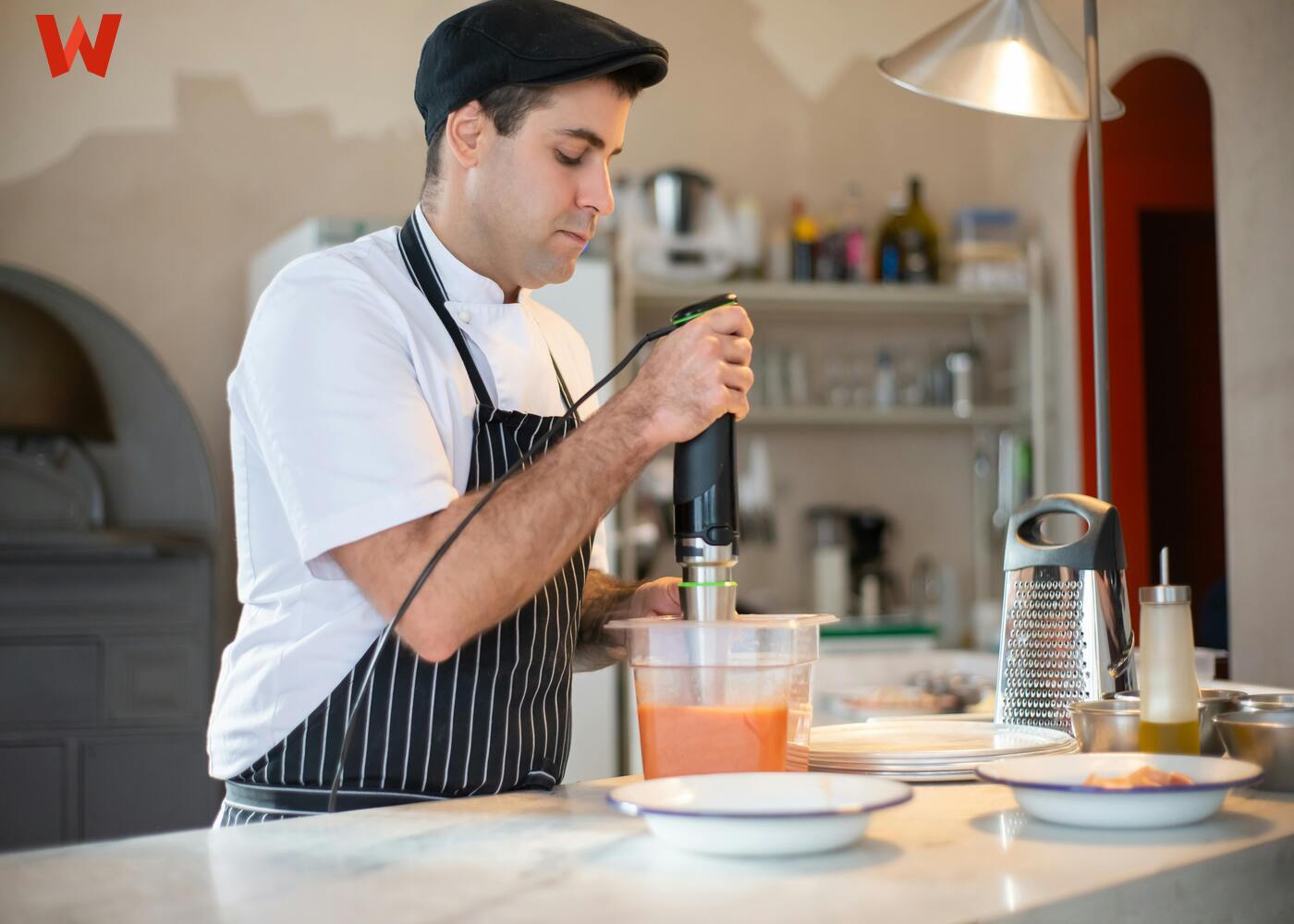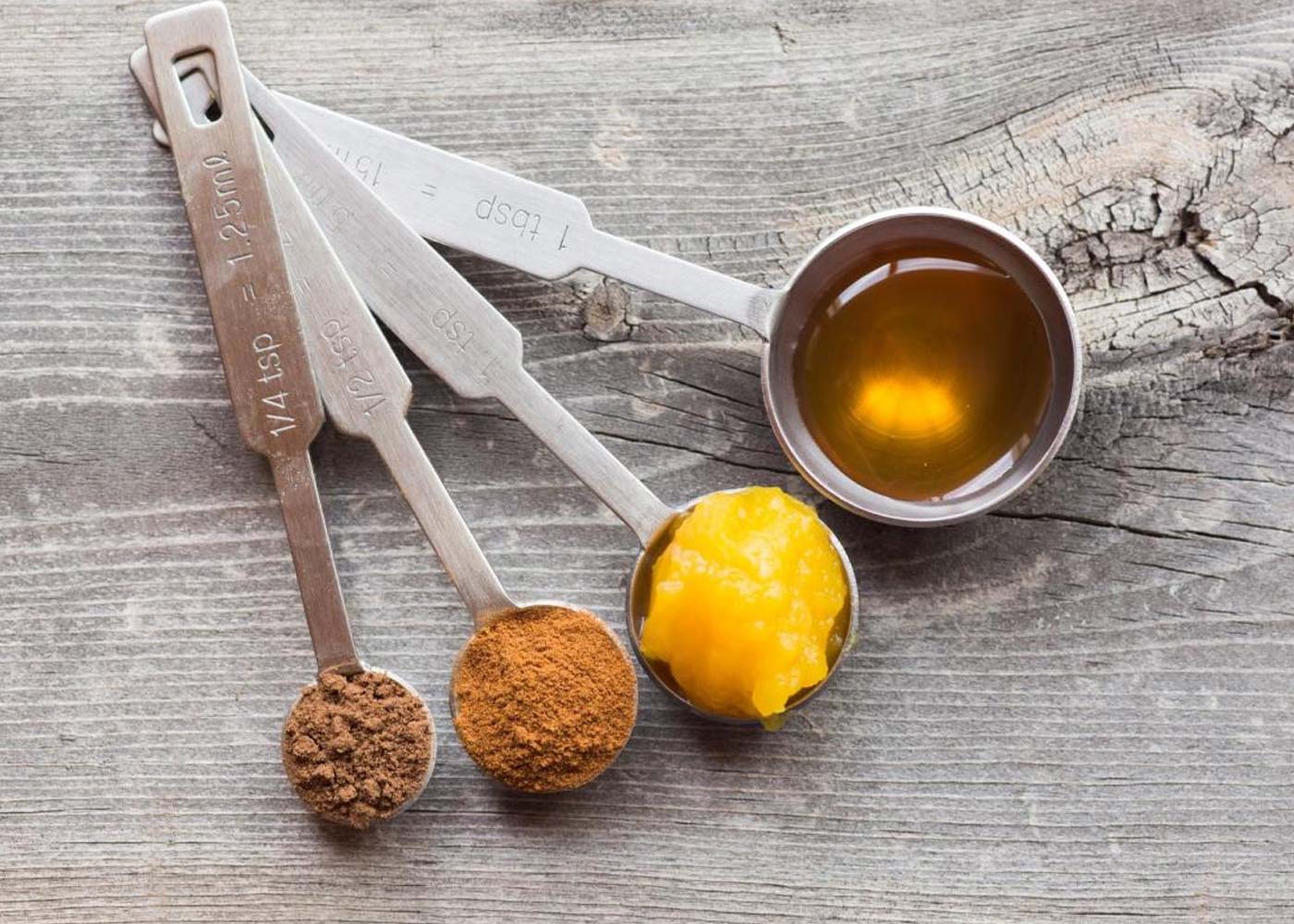
Back in school a few years back, I was taught that one of the elements of a people’s culture was their food. True, the type of food a people ate spoke volumes in terms of their beliefs and traditions.
Sometimes,
such foods were the outcomes of not just what was commonly available to them
within their environments and communities, but also sometimes the results of
their cultural experimentation and innovations.
A cuisine is a style of cooking characterized by
distinctive ingredients, techniques and dishes, and usually associated with a
specific culture or geographic region. Regional food preparation traditions,
customs, and ingredients often combine to create dishes unique to a particular
region.
Although the Emirati of Dubai is now a major international hub and a multicultural society with a variety of cuisines influenced by other cultures; Emirati Cuisine refers to the local traditional Arabic cuisine of the United Arab Emirates.
It is part of the Eastern Arabian
cuisine and shares remarkable similarities with cuisines from neighbouring
countries, such as Omani cuisine and Saudi Arabian cuisine, as
well as influences from different Middle
Eastern and Asian cuisines.
The traditional food of the United Arab Emirates uses a lot of meat, grain, and dairy. Vegetables that are easy to grow such as cucumbers and tomatoes in fertile soil and are strongly featured in the diet.
Dried lemons, called loomi, are
also heavily featured, gown locally, and used in most
dishes. Mangos are also grown usually in the northern emirates in
villages such as Masafi. Meats traditionally used are chicken or
small fowl, such as Houbara bustards, and goats. As camels are highly
prized for their milk and transporting ability, the eating of camel
meat is normally reserved for special occasions.
The dishes are usually like stews, as everything is often
cooked in a single pot. Saffron, cardamom, turmeric,
and thyme are the core flavours used in Emirati cookery. The
introduction of rice to the diet came when the traders moved to the
region. Leaves from indigenous trees, such as the Ghaff, were also used to
stuff small birds, releasing their flavour during the cooking process.
Here are a few of Dubai's unique traditional foods.
Machboos is a common main-course meal that’s served in Emirati restaurants and is a rice dish with a variety of meat, vegetables, and spices arranged in layers and slow-cooked in an oven. The spice mixes are found in Arabic stores across the region, and the addition of limes gives it a certain tangy flavour. This is popular with citizens as well, with most Emirati restaurants serving variants of this dish.
Luqaimat – Emirati desserts are quite popular as well, with one local favourite being kunafa. This dessert is a sticky pastry made of sweet cheese that is baked in shredded phyllo dough and soaked in sugar syrup. The dish is quite popular around the Middle East. Luqaimat is quite present around as well, deep-fried dough similar to donuts and drizzled with date syrup.
Fattesh is yet another popular Emirati dish and is perfect for an early evening meal. This three-layer dish comprises of bread soaked in stock, with the middle layer made of chickpeas and stuffed aubergines, topped with yoghurt and tahini sauce. People often add parsley and pine nuts to this, for some extra flavour.
Manakish, is another popular traditional dish in the Emirati. It is a form of flatbread filled with cheese and cooked in an oven. Though this dish is Lebanese, it is popular across Emirati and Arabic restaurants and many recipes share similarities with other regional cuisines. The flatbread is topped with spices, vegetables, and meats, making it a warm, filling appetizer for the family.
Breakfast in the UAE usually features bread-like raqaq, khameer, and chebab, served with cheese, date syrup, or eggs.
From local, traditional joints frequented by residents and citizens to more modern restaurants that have re-invented Emirati cuisine, Dubai is a lovely place for those looking to try Emirati cuisine for the first time, and those who love to dine on Arabic food. Whatever your meal choice or need is, there are food hotspots in Dubai that could satisfy your palate.
Some of such food hotspots include Aseelah restaurant at Radisson Blu Hotel, near the Creek in Deira. This restaurant is popular thanks to its adventurous take on Emirati cuisine.
For those looking to top up on their energy levels while shopping, Al Fanar located in Festival City Mall is the perfect place to go.
The Dubai Mall, too, has its own share of Arabic restaurants; a popular local spot is Milas, a modernistic space with warm wooden interiors that serve authentic Emirati food.
And if you are looking to enjoy traditional cuisine with a view; Seven Sands, a restaurant located on the Beach at JBR (Jumeirah Beach Residence) is a restaurant that perfectly captures the spirit of Dubai as it covers traditional Emirati classics, along with dishes from the wider region.
Whatever your taste, Dubai cuisines will provide you with memorable experiences. However, let me insist that what is stated above is my personal opinion; for as it is said, ‘One man’s meat, is another’s poison.




















Comments (0)
Write a Comment